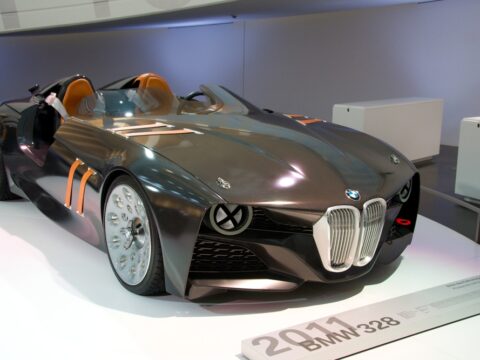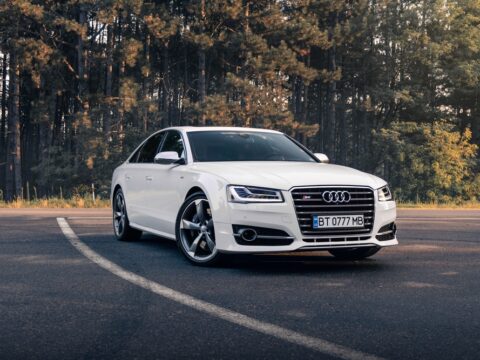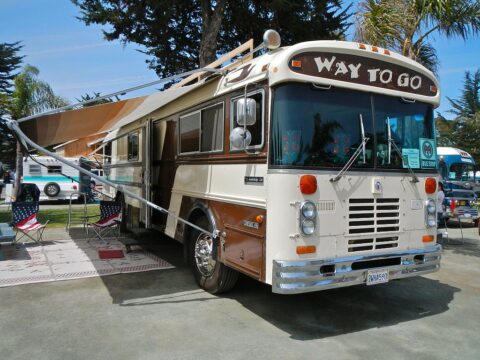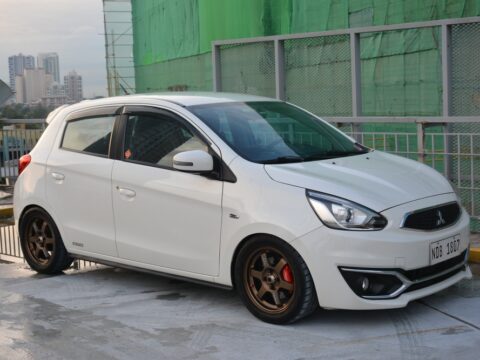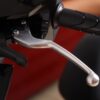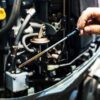Vintage motorcycles are often surrounded by myths, especially when it comes to their reliability. Many people assume they’re hard to maintain, always breaking down, or simply not built for today’s roads. However, most of these beliefs are based on misconceptions rather than facts. In this article, we’ll debunk 18 common myths about vintage motorcycles and set the record straight.
Contents
Vintage Motorcycles Are Always Unreliable

Many assume that vintage motorcycles are inherently unreliable due to their age, but this is far from the truth. With regular maintenance and care, older bikes can be just as dependable as modern models. Their simpler mechanics often make them easier to repair, and many were built with durability in mind. The key to reliability lies in proper upkeep and using quality parts. When well-maintained, vintage bikes can offer years of reliable performance.
Parts for Vintage Motorcycles Are Impossible to Find
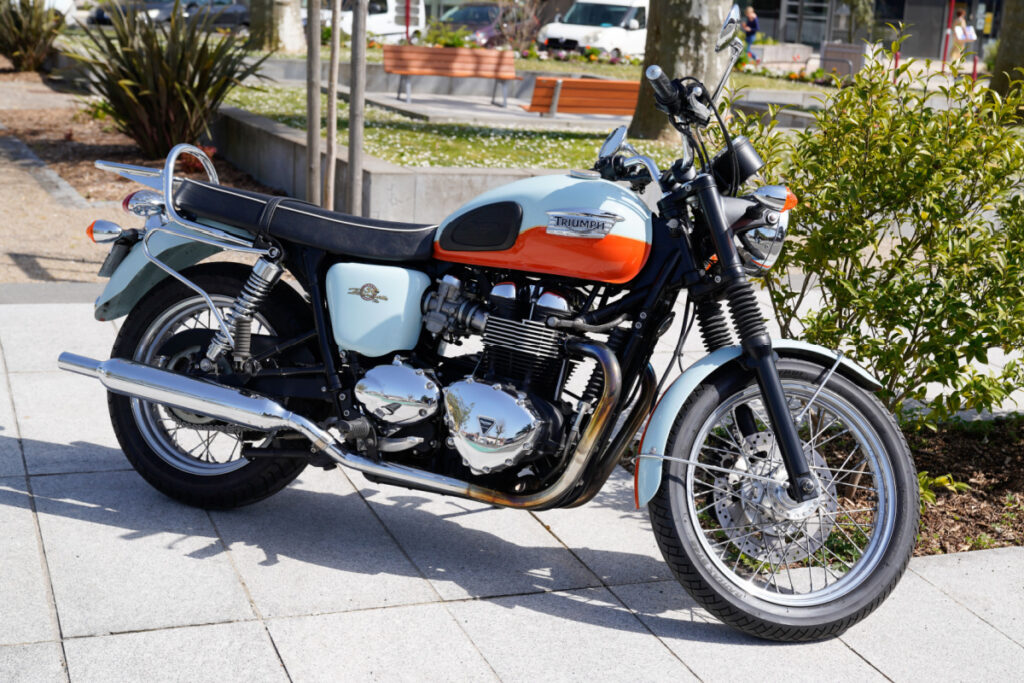
One of the biggest myths surrounding vintage motorcycles is that finding parts is a nightmare. In reality, there’s a robust market for aftermarket and reproduction parts, and some manufacturers still produce original components. Specialized shops and online communities can be a goldmine for rare parts. Although some may require patience and a bit of research, most vintage motorcycle parts are available. The effort to source parts is often worth it for enthusiasts dedicated to restoration.
Vintage Motorcycles Always Leak Oil
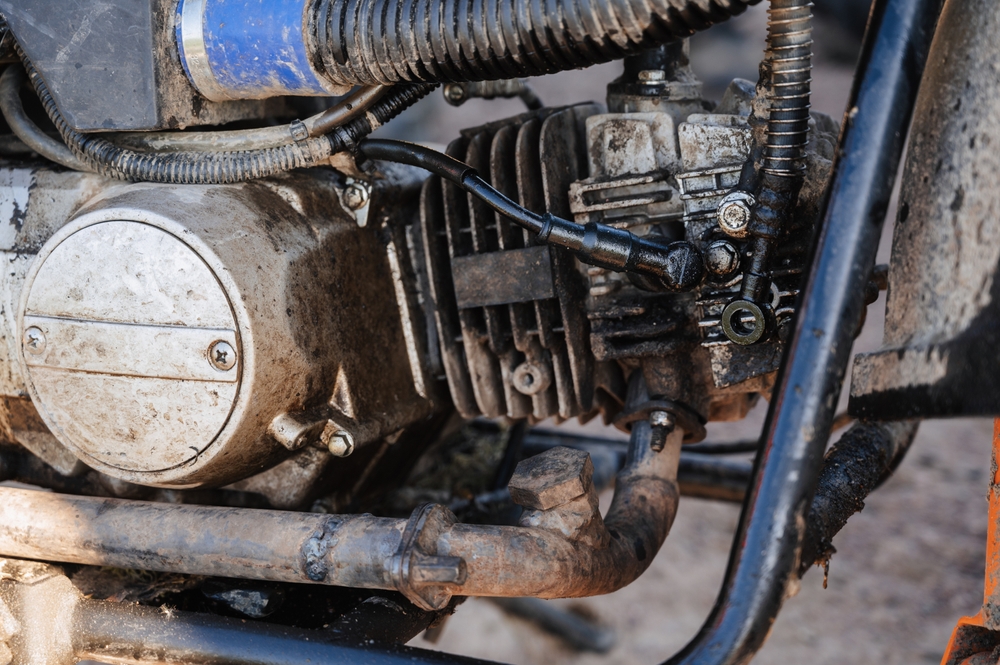
It’s a common belief that all vintage motorcycles leak oil, but this isn’t always the case. Older bikes may have been designed with less advanced sealing, but this doesn’t mean leaks are inevitable. By replacing gaskets and seals with modern materials, leaks can often be completely prevented. Routine maintenance and proper storage further reduce the chances of oil leaks. With the right care, a vintage bike can stay oil-tight.
Vintage Bikes Can’t Handle Long Rides
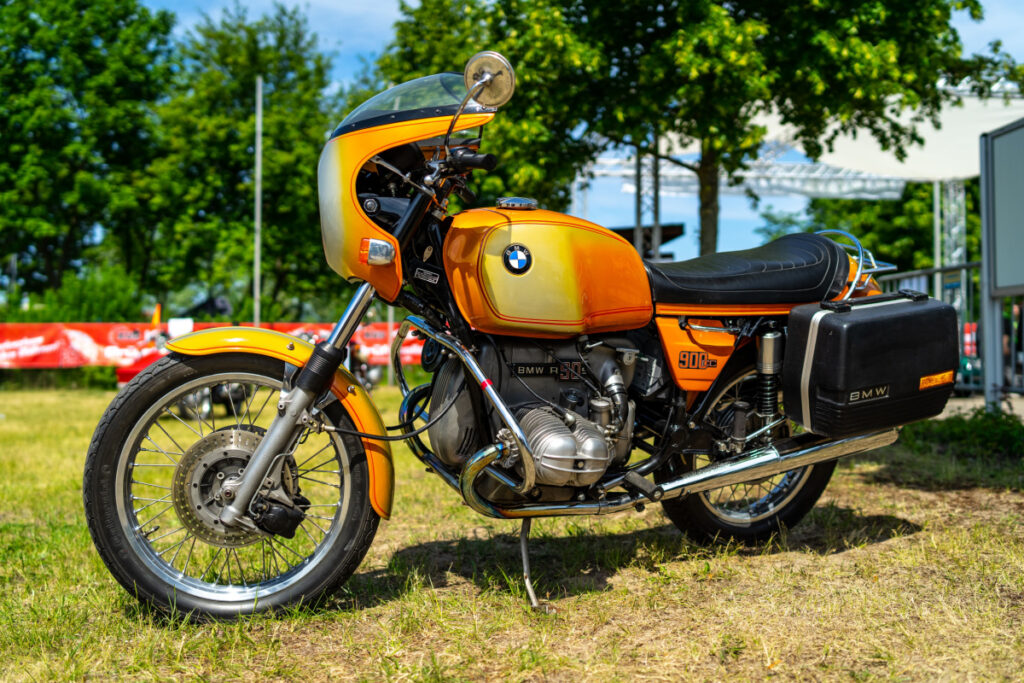
Many riders shy away from taking vintage motorcycles on long trips, believing they aren’t up to the task. However, models like the Honda CB series and BMW R series were specifically designed for long-distance riding. These bikes can endure lengthy rides, provided they are properly maintained and serviced before the trip. Vintage bikes built for endurance can handle long journeys just as well as newer models. With preparation, even a cross-country trip is achievable.
You Need Special Tools to Work on a Vintage Motorcycle
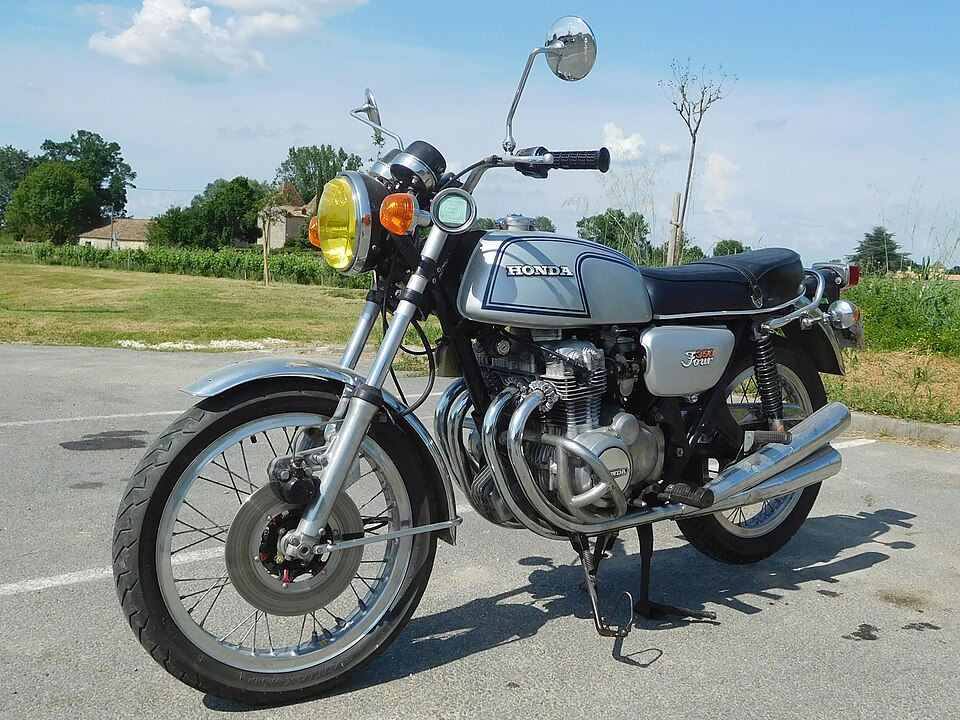
There’s a misconception that vintage motorcycles require specialized tools for maintenance. While some unique tools may be necessary for specific jobs, most repairs can be done with standard hand tools. In fact, many older bikes were designed to be user-friendly, allowing enthusiasts to perform routine maintenance with ease. Accessing certain parts may require basic mechanical knowledge, but specialized tools are rarely needed. For most jobs, a standard toolbox is all you need.
Vintage Motorcycles Are Too Slow for Today’s Roads
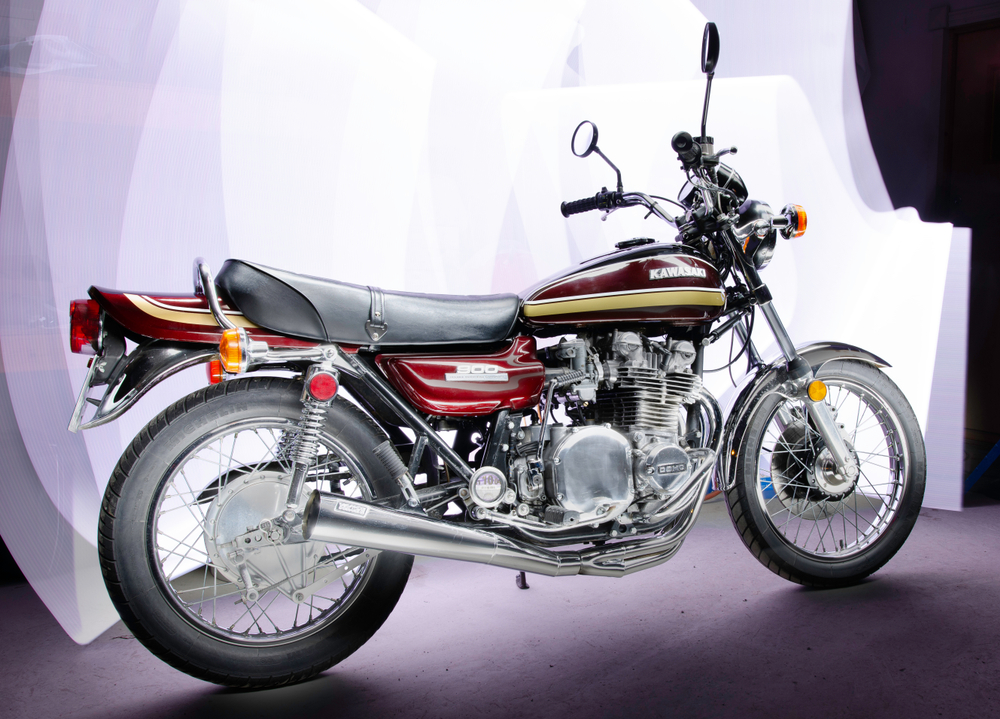
Contrary to popular belief, many vintage motorcycles are more than capable of keeping up with modern traffic. During the 1960s and 1970s, bikes like the Triumph Bonneville and Kawasaki Z1 were known for their speed and performance. These machines can easily handle highway speeds, offering an exciting and powerful ride. While they may not match modern superbikes, vintage motorcycles still offer plenty of speed for today’s roads. They provide an experience that blends nostalgia with performance.
Vintage Bikes Don’t Have Good Braking Systems

It’s often said that vintage motorcycles have inferior braking systems, but this isn’t entirely accurate. While some older bikes used drum brakes, many models from the 1970s and later featured disc brakes, improving stopping power. Even vintage drum brakes, when properly adjusted, provide sufficient braking for most situations. Upgrading the brake system with modern components is also a popular modification among vintage bike owners. With the right maintenance, vintage motorcycles can have brakes that perform well.
Vintage Motorcycles Are Unsafe
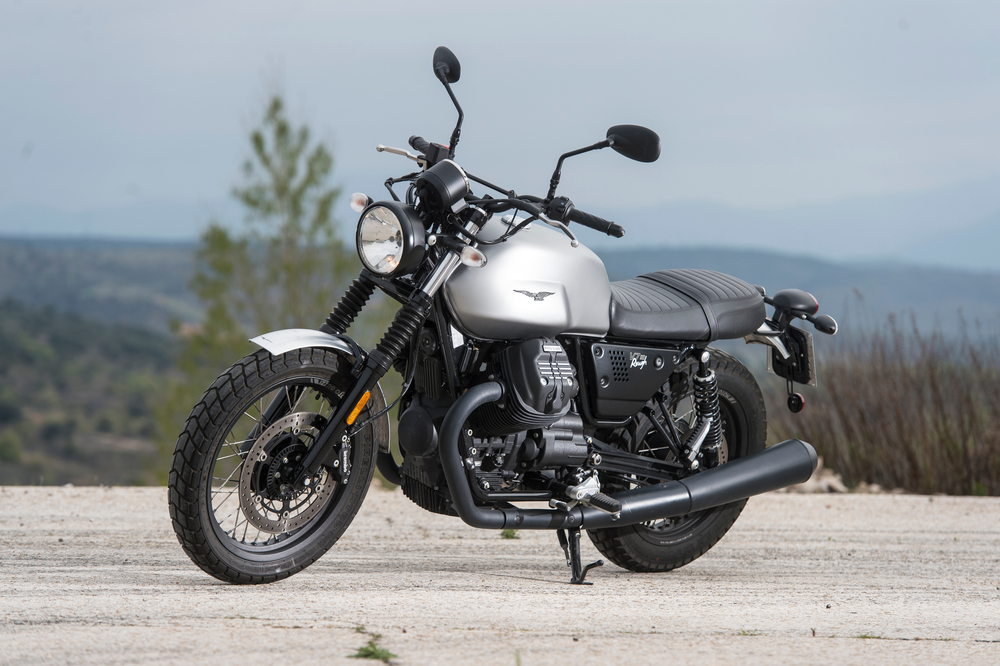
Safety concerns are often raised when discussing vintage motorcycles, but the truth is they can be as safe as modern bikes. While they may lack modern safety features like ABS, proper maintenance and upgrades can greatly improve safety. Installing modern lighting, tires, and suspension can enhance both visibility and handling. Furthermore, riding techniques adapted to the bike’s limitations can ensure a safe ride. With the right adjustments, vintage motorcycles can be as safe as any other.
It’s Expensive to Restore a Vintage Motorcycle

Restoring a vintage motorcycle is often thought to be a costly endeavor, but it doesn’t have to be. The overall expense depends largely on the bike’s condition and the level of restoration desired. Some bikes only need minor cosmetic fixes or engine tuning, which can be done on a budget. Enthusiasts often spread out restoration costs over time, making it more manageable. With careful planning, restoration can be affordable and deeply rewarding.
Only Experts Can Maintain Vintage Motorcycles
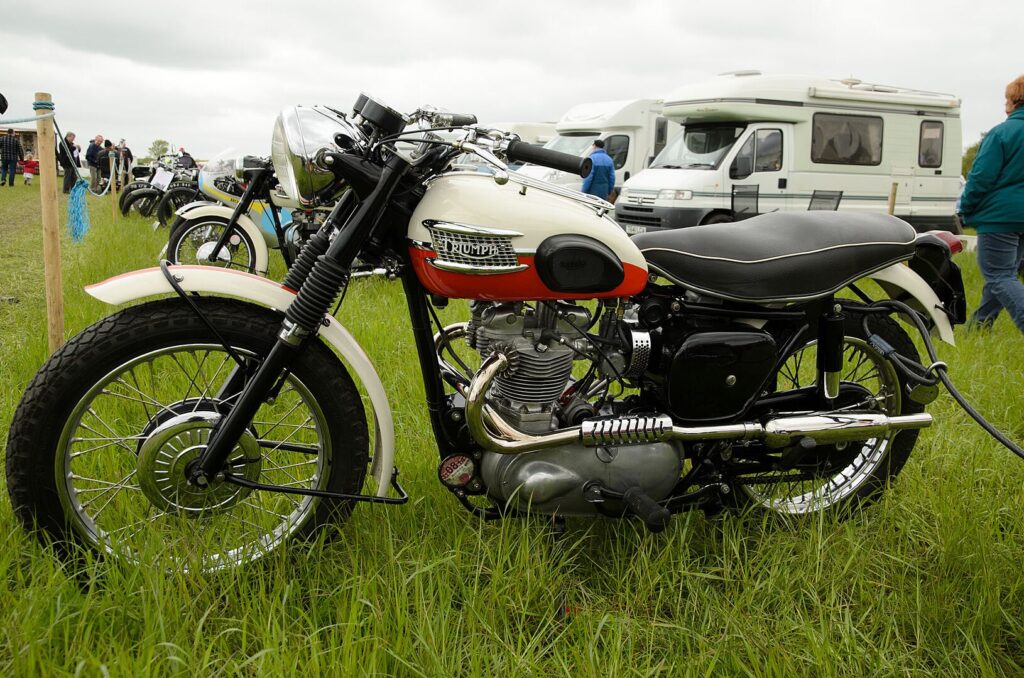
The myth that only experts can maintain vintage motorcycles is far from true. In fact, many older bikes were built with simple mechanics, making them ideal for do-it-yourself enthusiasts. Vintage motorcycles often lack the complex electronic systems found on modern bikes, making repairs straightforward. With access to repair manuals and online tutorials, even beginners can handle routine maintenance. Vintage motorcycles offer a hands-on experience, allowing riders to learn and perform their own repairs.
Vintage Bikes Require Constant Repairs
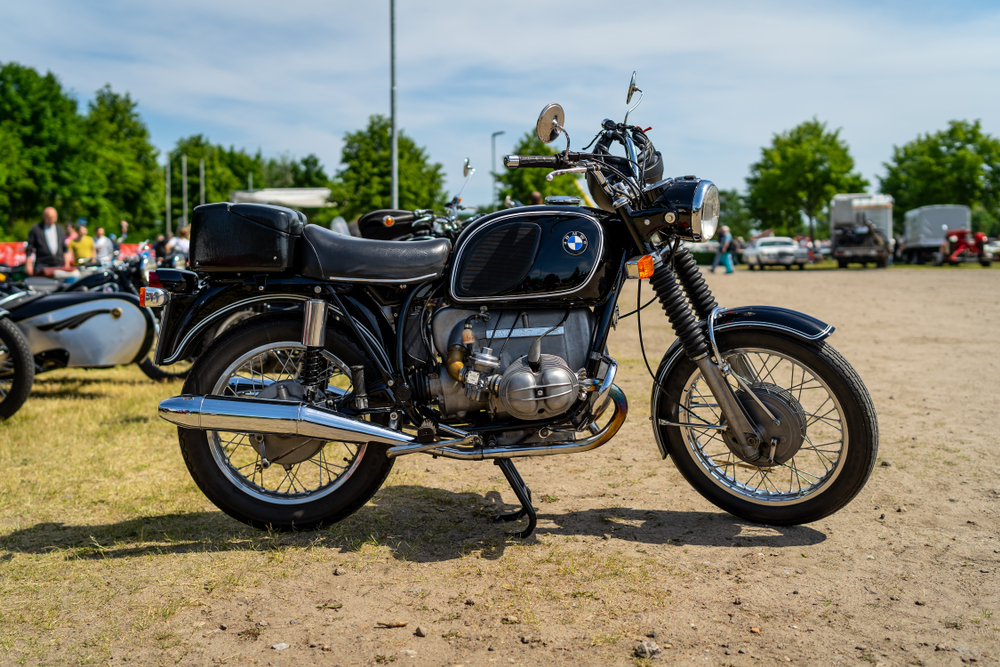
It’s a widespread myth that vintage motorcycles constantly break down and need frequent repairs. While older bikes may require more regular maintenance than newer models, they don’t always need constant fixing. If serviced regularly, a vintage bike can remain reliable for everyday use. Simple tasks like oil changes and tune-ups can prevent most major issues from occurring. Many vintage models are durable and were built to last, making them quite resilient.
Vintage Motorcycles Are Only for Collectors
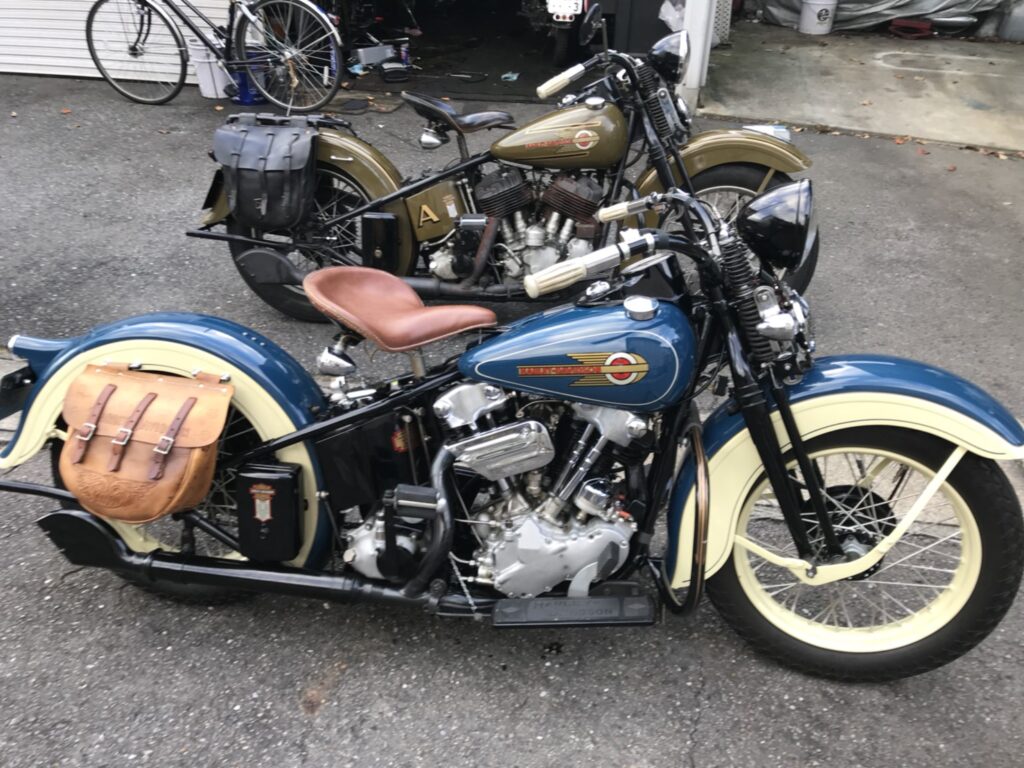
Some believe vintage motorcycles are only meant to be displayed in collections, but that’s not the case. Many vintage bikes are ridden daily by enthusiasts who enjoy their unique character and riding experience. These motorcycles offer a nostalgic connection to a bygone era while still providing a fun and practical ride. They are functional machines that can be used for commuting or weekend trips. Owning a vintage motorcycle is about more than just collecting; it’s about riding history.
You Can’t Ride Vintage Motorcycles in the Rain
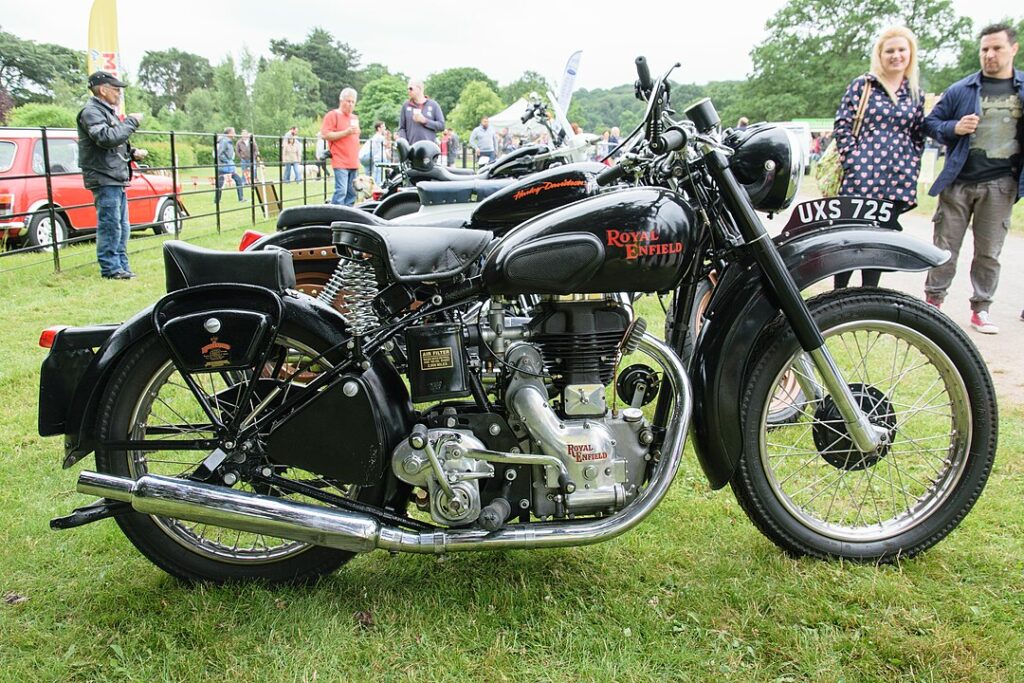
It’s often said that vintage motorcycles are unsuitable for wet conditions, but this isn’t true. While some older electrical systems might not be as robust as today’s, many vintage bikes can be weatherproofed with modern upgrades. Replacing old wiring, sealing electrical connections, and using proper tires can make them perfectly safe for rainy rides. With a bit of preparation, riding a vintage motorcycle in the rain is not only possible but enjoyable.
Vintage Motorcycles Are Prone to Rust
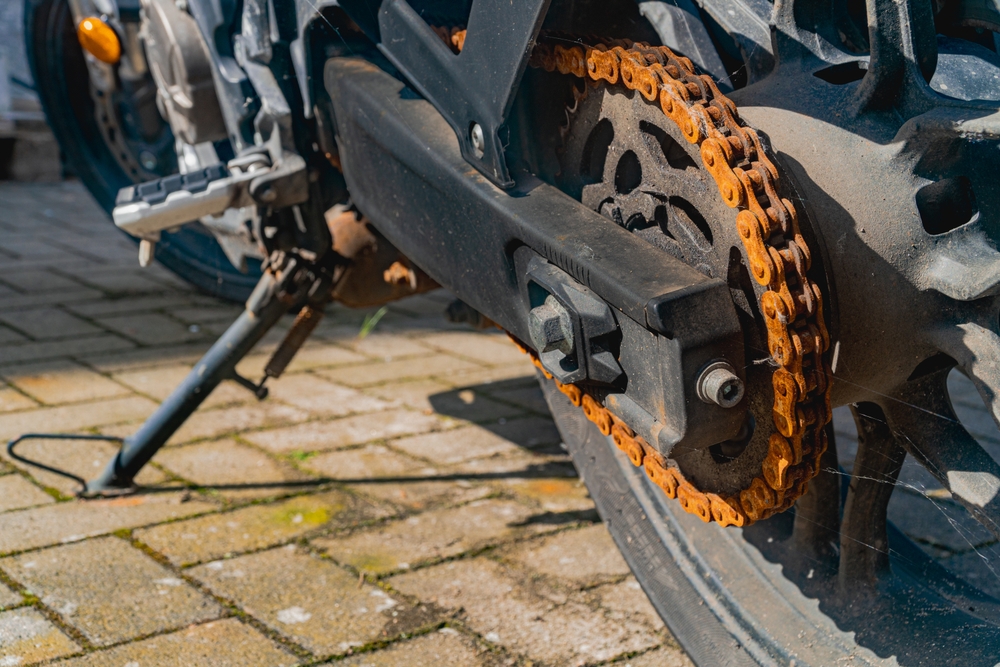
The idea that all vintage motorcycles are rust-prone is an exaggeration. Rust can affect any motorcycle if it isn’t properly maintained, but vintage bikes aren’t uniquely vulnerable. Regular cleaning and applying protective coatings can prevent rust from forming on older bikes. Many were built with high-quality metals that resist corrosion when cared for. Proper storage in a dry environment also helps in keeping rust at bay.
Vintage Motorcycles Are Hard to Start

Many people think that kick-starting a vintage motorcycle is a hassle, but with the right technique, it can be quite easy. Vintage motorcycles, especially those well-maintained, often start with just a few kicks. In fact, many later vintage models feature electric starters, making them as convenient as modern bikes. Regular tuning and maintenance ensure that a vintage bike starts smoothly. With practice, even kick-starting becomes second nature.
Vintage Bikes Don’t Have Enough Power
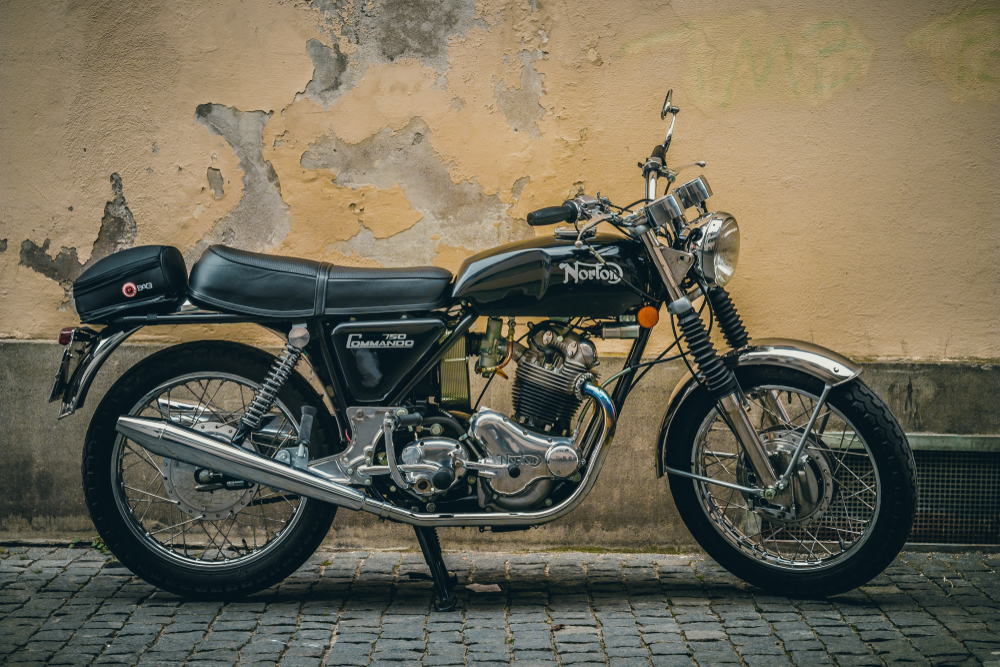
The assumption that vintage motorcycles are underpowered is a myth that overlooks their capabilities. While they may not have the horsepower of today’s superbikes, many vintage models were considered powerful for their time. Bikes like the Norton Commando and Kawasaki H2 were known for their speed and performance. Even today, these bikes offer plenty of power for most riders. Vintage motorcycles are more than capable of delivering an exhilarating ride.
Older Motorcycles Are Less Fuel Efficient
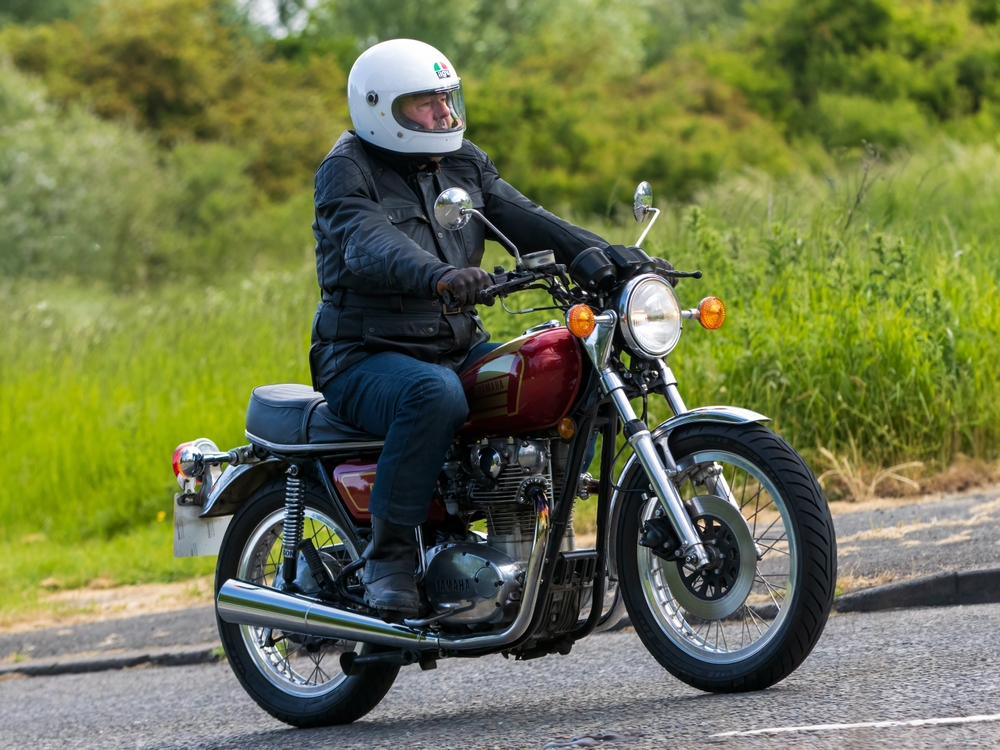
It’s a myth that vintage motorcycles are gas guzzlers. Many older bikes were built with smaller engines and lightweight designs, which often make them more fuel-efficient than today’s high-powered models. Bikes like the Honda CB350 and Yamaha XS650 were renowned for their fuel efficiency. With proper tuning, a vintage motorcycle can achieve impressive miles per gallon. For those looking to ride economically, many vintage bikes are excellent options.
Vintage Motorcycles Aren’t Comfortable for Long Rides
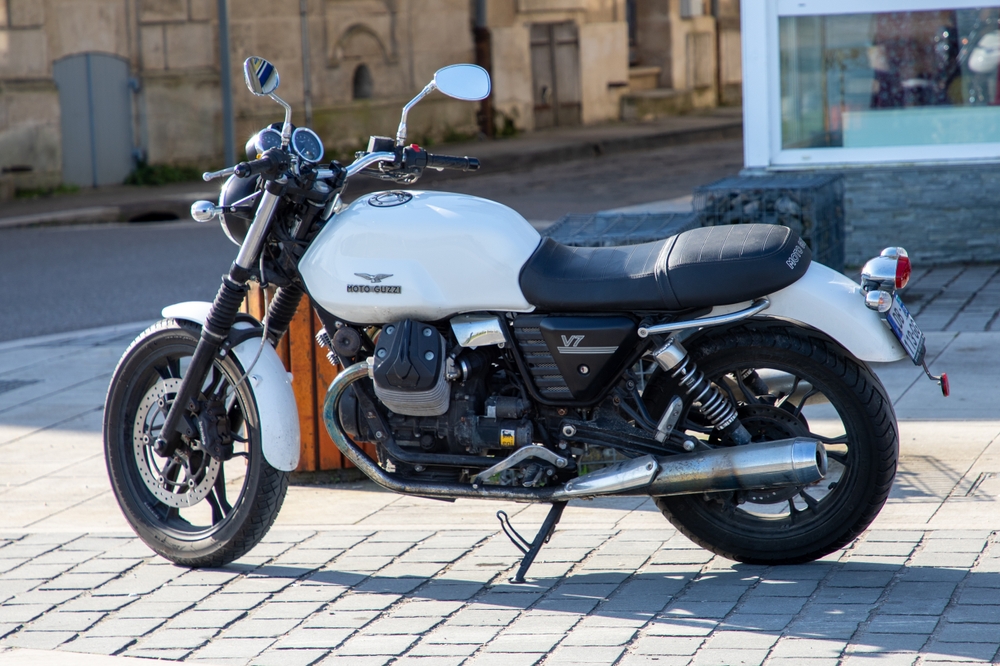
Some riders assume vintage motorcycles aren’t comfortable for extended trips, but many were designed specifically for touring. Models like the Moto Guzzi V7 and BMW R series were built for long-distance comfort, with plush seats and upright riding positions. These bikes often come with easily adjustable suspension, making them suitable for long rides. With a few modern modifications, they can rival the comfort of many contemporary touring bikes. Comfort on vintage motorcycles is largely about proper setup and maintenance.
This article originally appeared in MyCarMakesNoise.
More from MyCarMakesNoise
9 Beloved RVs Still on the Road
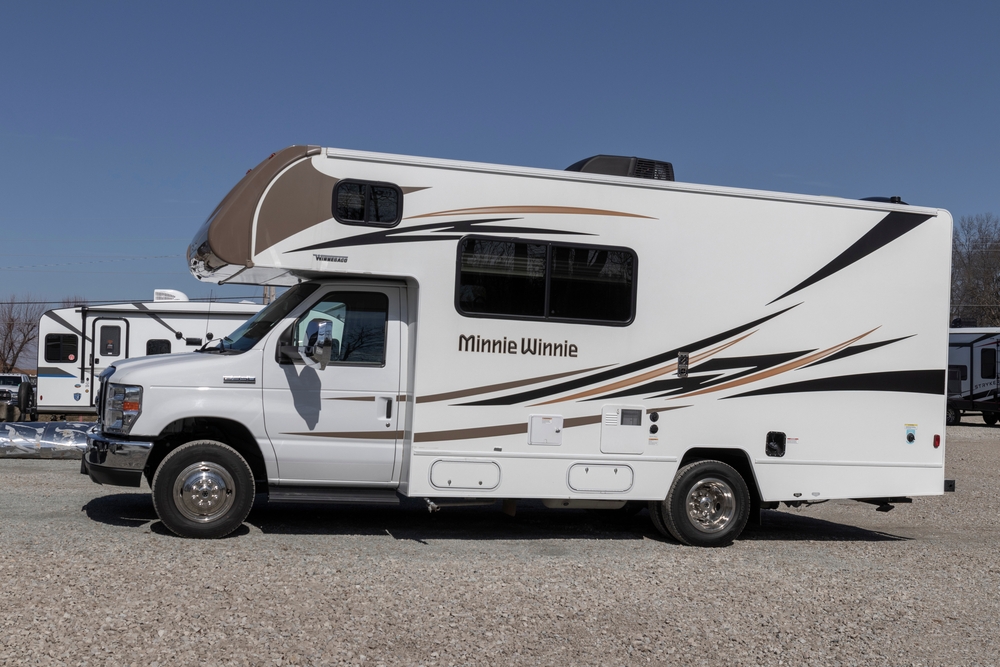
When it comes to life on the road, some RVs have earned a special place in the hearts of travelers. These 9 beloved models have stood the test of time, offering comfort, reliability, and the freedom to explore. Read More.
9 Advanced Bicycles Designed for Speed and Endurance
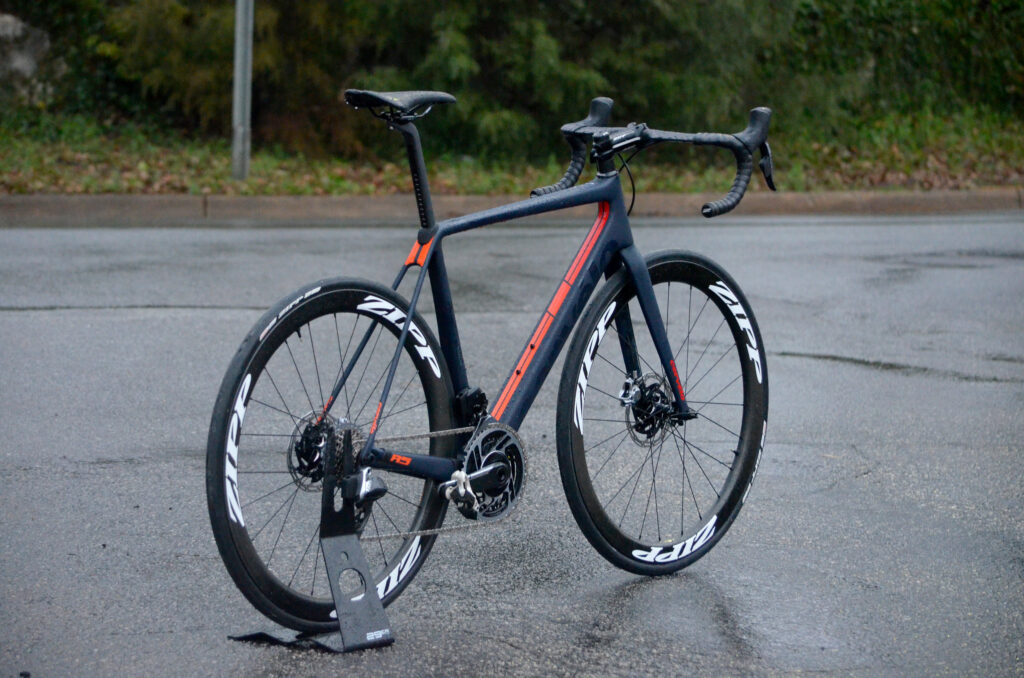
When it comes to cycling, having the right bike can make all the difference, especially if speed and endurance are your top priorities. Whether you’re a competitive racer or an avid long-distance rider, choosing a bicycle designed for peak performance is key. Read More.
Top 19 Electric Cars for Eco-Friendly Summer Drives

If you’re planning a road trip this summer and want to do it in an eco-friendly way, choosing the right electric car can make all the difference. Electric vehicles (EVs) offer a sustainable option for travel, combining efficiency with performance. Read More.

